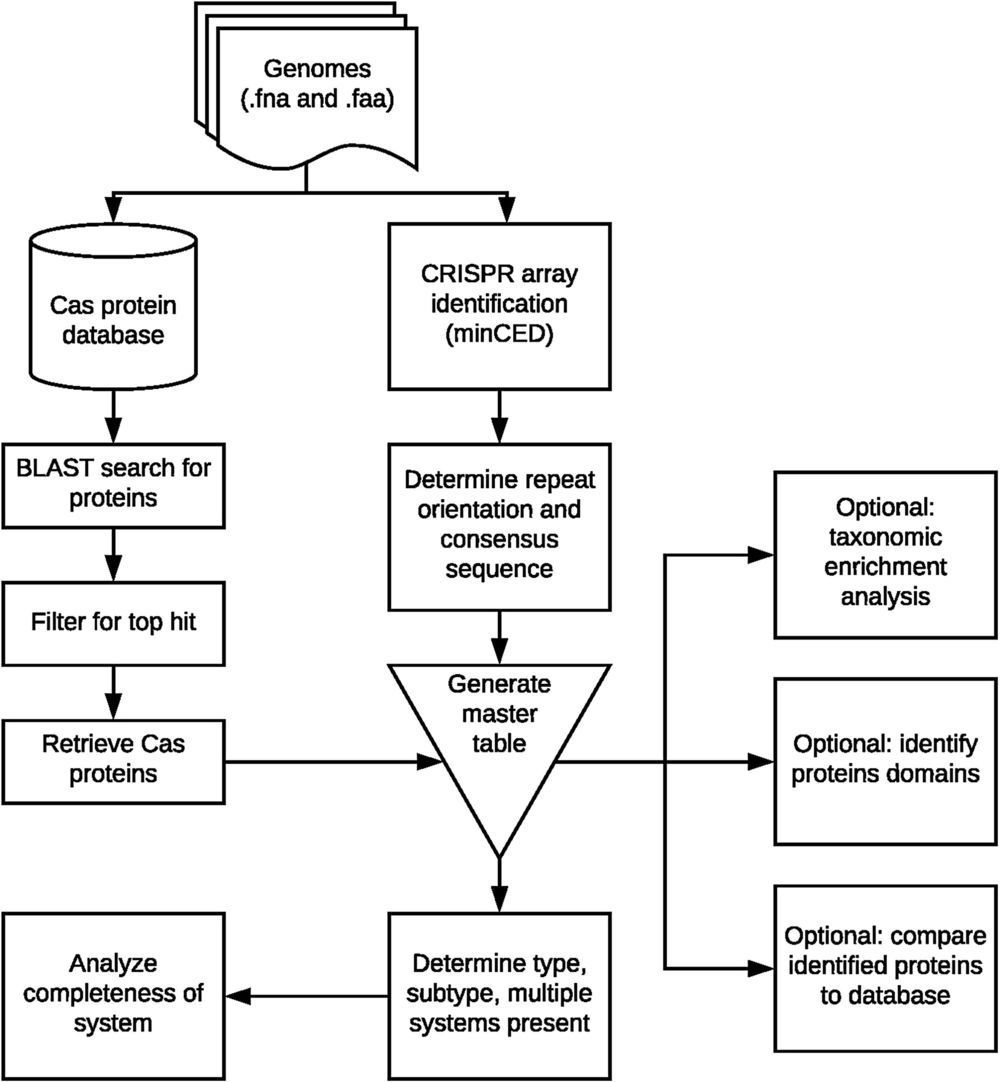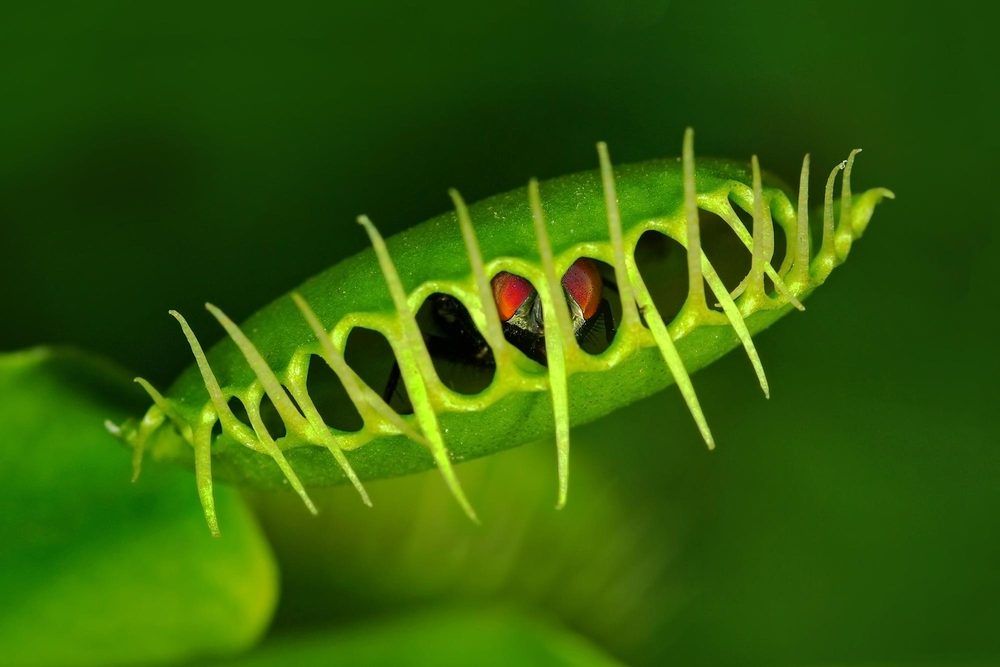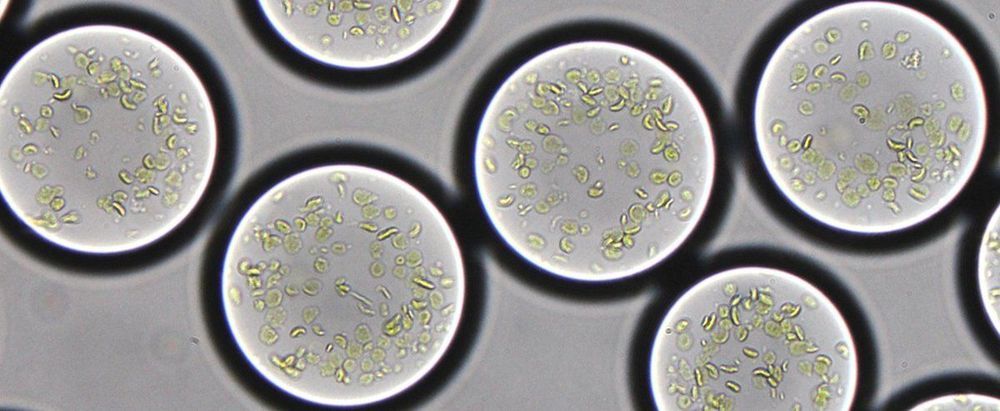A new “all-plant” drink bottle is underway at a Netherlands biochemicals company. These bottles are made from sustainable crops and decompose within a year.
The bottle is made from plant sugars instead of traditional fossil fuels. Avantium is the company behind the bottle. They have already found support from beer company Carlsberg, who plans to sell a plant-plastic lined cardboard bottle in future beverage releases. Coca-Cola and Danone have also backed the product.
Avantium’s chief executive, Tom van Aken told the Guardian that the plan should be finalized by the end of the year, with the bottles hitting supermarket shelves by 2023. “This plastic has very attractive sustainability credentials because it uses no fossil fuels, and can be recycled – but would also degrade in nature much faster than normal plastics do,” says Van Aken.








